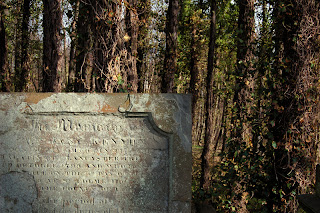Portobello beach (source: the Scotsman):
We wanted to get out but also avoid the crowds. The car had to be avoided at all costs. What better way of enjoying the unexpected heat than taking to two wheels down the cool avenue of the Penicuik to Musselburgh cycleway, following the River South Esk?
River Esk:
.JPG)
I had changed into shorts and deck shoes and it felt like a summer holiday's cycle through France. 'Ne'er cast a cloot till May is oot' goes the old saying. Well March is still with us, and the cloots were well cast.
Debouchment of the Esk at Musselburgh:
.JPG)
At Musselburgh we dropped the bikes for a picnic and a wander at the mouth of the Esk, ducks being pestered by drakes and a load of honking, splashing Canada geese landing for a rest on their way to the arctic summer. I had forgotten that Musselburgh has its own small beach, and it was far quieter than Portobello.
Musselburgh beach:
.JPG)
When we got home the radio announced it had been the hottest March day on record, 22.8 degrees C in Aberdeenshire (and has been hotter since - 23.6 degrees C). A thought occurred to me as I watched the hazy red ball of the sun setting over the rooftops of our town. This winter just past has been the first since I started hillwalking twenty one years ago that I have not used my ice axe.







.JPG)
.JPG)





























